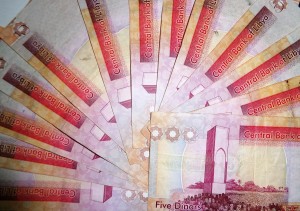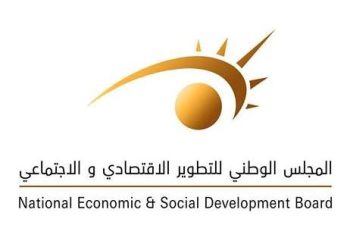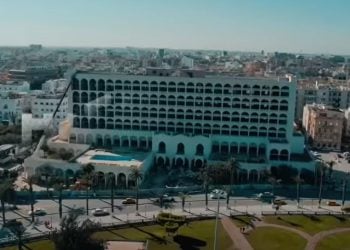By Libya Herald reporter.

Tunis, 21 May 2015:
The Tripoli-based authorities have announced that they are to introduce subsidy reform by introducing the . . .[restrict]substitution of cash for goods reform long heralded by previous Libyan governments, the Central Bank of Libya, the IMF and World Bank.
In a statement released yesterday, the Tripoli authorities said that ‘’in order to deliver funds to the Libyan citizen directly and in order to cut off the road to smugglers who steel the livelihood of the Libyan people, smuggling these goods across the desert and the sea, (and) sensing the risks that threaten the country such as illegal immigration associated with the smuggling of fuel and goods (and) in order to rationalize expenditure and the maintenance of public funds’’, they have decided to introduce a cash for goods allowance of LD 50 per month for every Libyan citizen.
The Tripoli authorities allayed public fears by stressing that the prices of subsidized goods would only be marked up to market cost prices after the launch of the cash allowance for subsidies.
They added that the decision was in the public interest and in order to bring prosperity to (Libya) with a rational policy that respects the needs of citizens and keeps away the hands of smugglers and profiteers.
| Subsidies 2014 Budget | LD billion | |
| 1 | Medicines | 0.700 |
| 2 | Food stuffs | 1.800 |
| 3 | Fuels | 7.000 |
| 4 | Electricity + public lighting | 0.800 |
| 5 | Water and sanitation | 0.400 |
| 6 | Garbage/Public Cleanliness | 0.514 |
| 7 | Animal feed | 0.031 |
| 8 | Fertilizer (urea) | 0.006 |
| 9 | Child benefit (2013) | 0.031 |
| Total: | 11.931 |
Source Libyan government budget 2014
It will be recalled that in February this year the Tripoli-based authorities had said that the cash grant to replace subsidized goods would amount to only LD 30 per person per month. The cash would be deposited in citizens’ accounts, they had claimed.
In February, the Tripoli authorities had proposed that subsidies for staple foods, fuel, electricity and medicines used to amount to LD 8 bn in 2010 and that they then jumped up by LD 2.5 bn to LD 10.5 bn by 2013.
They had claimed that data confirmed that Libya’s population did not surpass 6.3 million, whereas the National Supply Company (NASCO), the state body that imports Libya’s subsidized foodstuffs, imports the equivalent for a population of over 8 million.
In July last year the 2014 budget had by law committed Libya to subsidy reform by 1 January 2015. It will also be recalled that the World Bank, IMF and Central Bank of Libya have been pushing the Libyan authorities to reform Libya’s subsidy systems for years.
It is ironic that in all the decades when Libya’s economy was in surplus and its oil exports were high, the Libyan state had failed to tackle the issue of the country’s runaway subsidies.
It is has taken the current acute economic and political crises that Libya is facing to force both the opposing Libyan political factions to confront the rapidly depleting state funds, that has forced the hand of subsidy reform.
For a fuller analyses of Libya’s subsidies see the Libya Herald July 2014 article : 2014 budget commits government to subsidy reform by January 2015
[/restrict]








